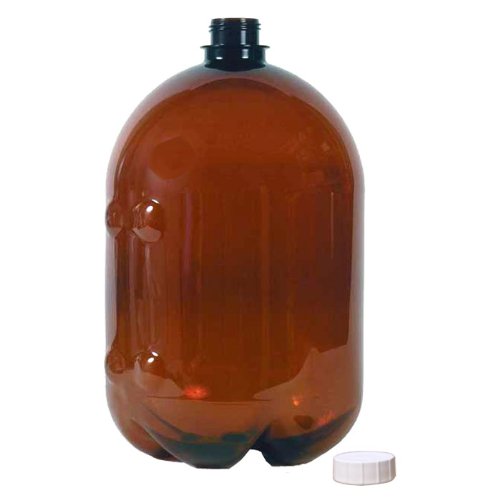Hey A_Power!
I read up on Kolsch's from the BYO article (
https://byo.com/brown-ale/item/1881-koelsch-style-profile) and developed my recipe off of that, while fitting into the Brewtarget style guidelines. I haven't had a chance to order up the ingredients, but if you'd like the run down I can post it. The key really looks like the ferm temp as well as the yeast. Pretty much everything I've seen said use the Wyeast 2565, so that's what I'm going to do.
Biermuncher's got a Kolsch recipe also with honey malt (Krisp Kolsch), and I've spied a few more. I'm gonna keep it simple for the first go around, let the yeast to do the magic.
AFA the parts list for the cooler, I can check and see if I still have the receipts for my 5gal cooler conversion, it wasn't too expensive at all, using 3/8" hardware and some washers.
Hefe yeast is a monster, almost like hot Notty. Which yeast did you get with your kit? Must have been a dry yeast, I'm wondering if it was Fermentis (WB06) or Danstar?
If you're having issues with ferm temp, get a cheap foam cooler (big enough to fit your carboy) and a couple refreezable icepacks/bag of frozen peas. One bag in with your beer should easily hold it around 65 for the day, then toss in another and freeze the first up again. You only need to worry about it for primary fermentation, then you can let it warm up to room temp (5-6days). Carb issues, well, I'm still working on those.








